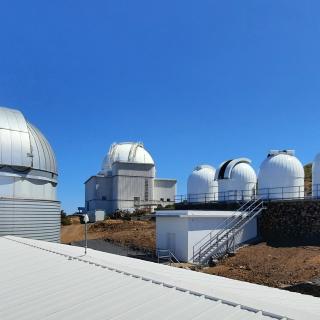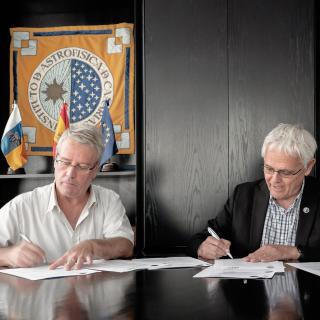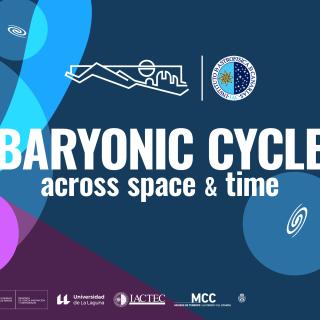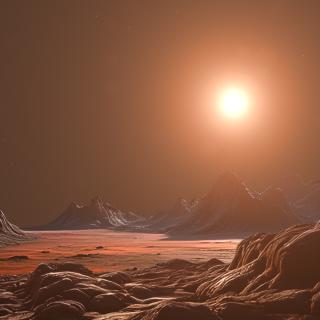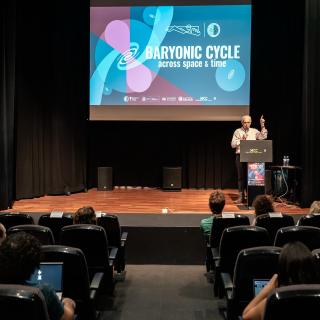
El director del Instituto de Astrofísica de Canarias (IAC), Valentín Martínez Pillet; y la directora del Museo de la Ciencia y el Cosmos, Antonia Varela, inauguraron esta mañana la XXV Canary Islands Winter School of Astrophysics. Esta tradicional escuela organizada por el IAC tiene lugar hasta el próximo 17 de octubre y acoge a 60 estudiantes de máster, doctorado y postdoctorado de trece países distintos que se encontrarán en Tenerife para recibir una visión completa y exhaustiva sobre la evolución de las galaxias. Valentín Martínez Pillet dio la bienvenida al estudiantado y expuso que esta
Advertised on

